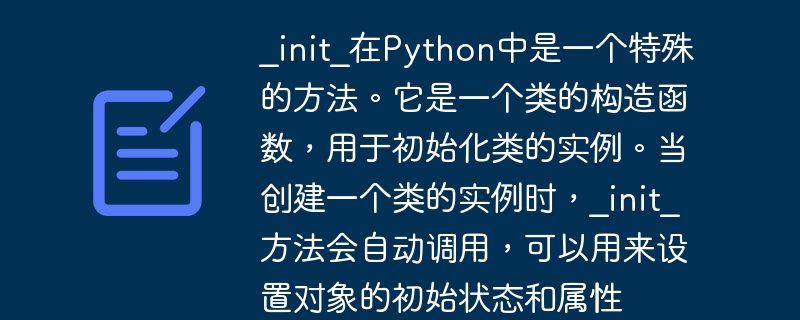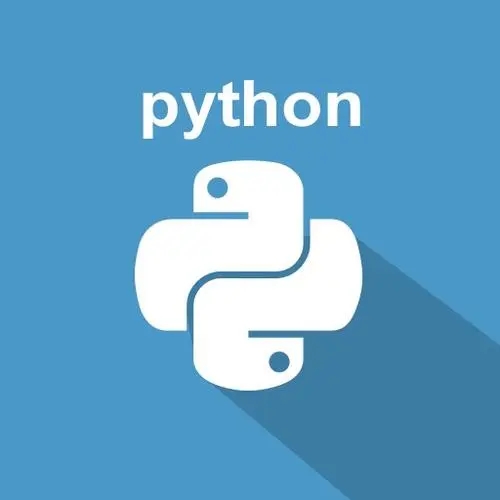
Python中的类具有__init__()函数。当类被初始化时,该函数会被执行。让我们来看看__init__的一些关键点 -
Python 中的类具有 __init__() 函数。
类似于Java中的构造函数,__init__()函数在对象创建时执行。
__init__() 函数会自动被调用。
立即学习“Python免费学习笔记(深入)”;
它用于为对象的属性赋值。
__init__()方法可以具有灵活性的参数。为此,传递给类实例化运算符的参数将传递给__init__()。
当一个类定义了一个__init__()方法时,类的实例化会自动调用__init__()方法来创建新的类实例。
让我们使用 __init__() 创建一个类 -
class Student:
def __init__(self, name, rank, points):
self.name = name
self.rank = rank
self.points = points
# Creating an object
st = Student("David", 2, 90)
print("Student Name = ",st.name)
print("Student Rank = ",st.rank)
print("Student Points = ",st.points)
Student Name = David Student Rank = 2 Student Points = 90
我们将在这里创建一个带有 __init__() 的类,并且还将创建并调用一个自定义函数 -
class Students:
def __init__(self, name, rank, points):
self.name = name
self.rank = rank
self.points = points
# custom function
def demofunc(self):
print("I am "+self.name)
print("I got Rank ",+self.rank)
# create 4 objects
st1 = Students("Steve", 1, 100)
st2 = Students("Chris", 2, 90)
st3 = Students("Mark", 3, 76)
st4 = Students("Kate", 4, 60)
# call the functions using the objects created above
st1.demofunc()
st2.demofunc()
st3.demofunc()
st4.demofunc()
I am Steve I got Rank 1 I am Chris I got Rank 2 I am Mark I got Rank 3 I am Kate I got Rank 4
以上就是python中的init是什么的详细内容,更多请关注php中文网其它相关文章!

python怎么学习?python怎么入门?python在哪学?python怎么学才快?不用担心,这里为大家提供了python速学教程(入门到精通),有需要的小伙伴保存下载就能学习啦!

Copyright 2014-2025 https://www.php.cn/ All Rights Reserved | php.cn | 湘ICP备2023035733号